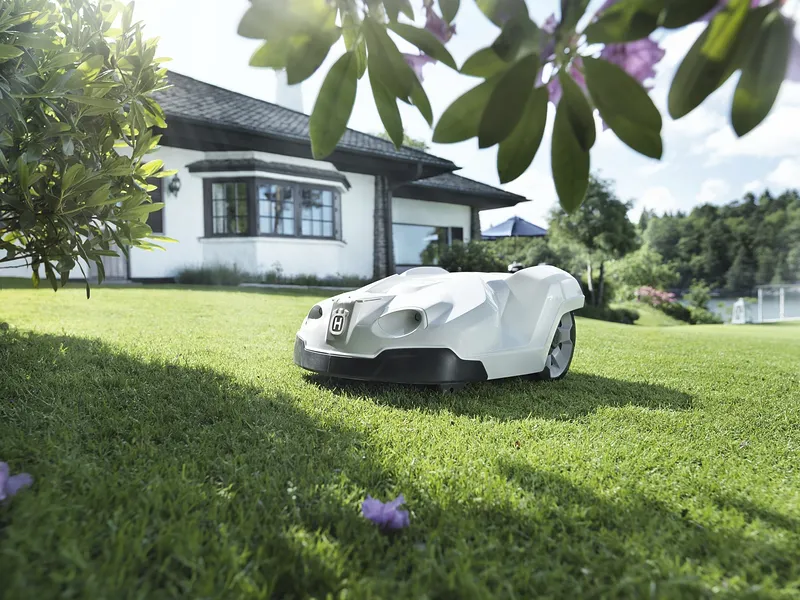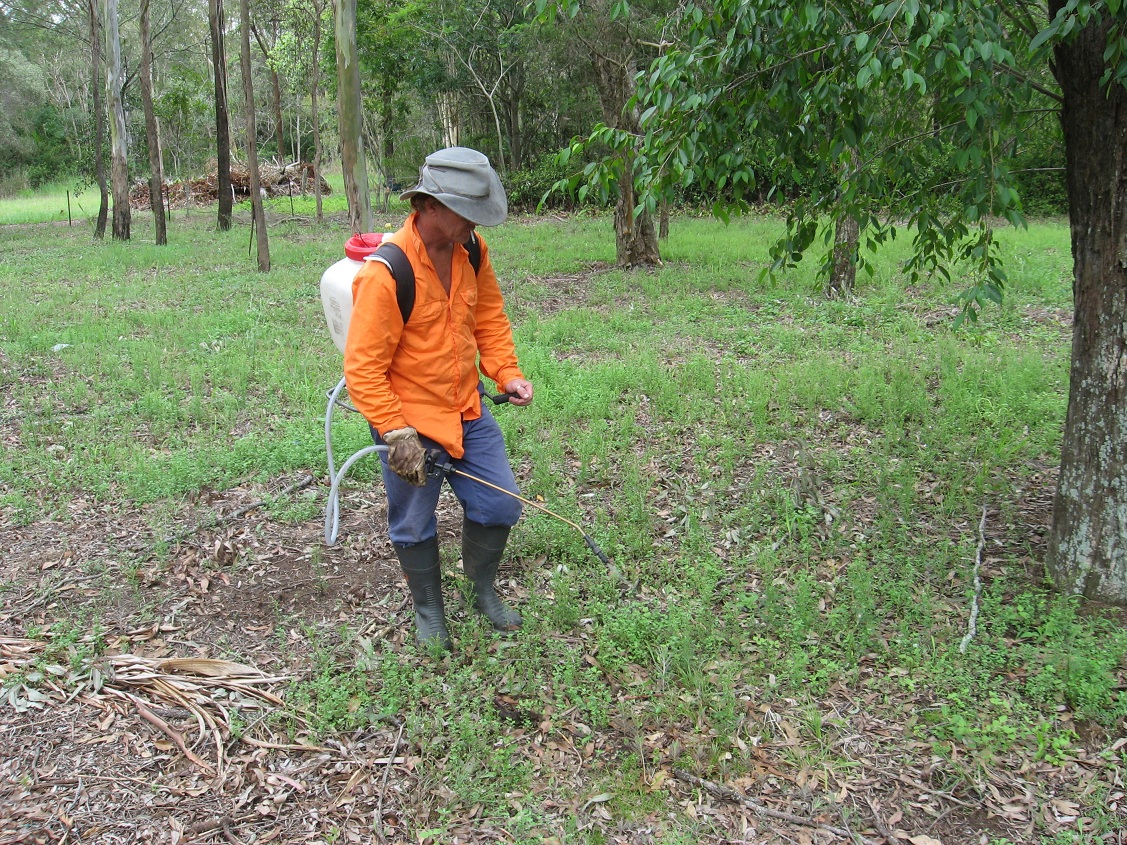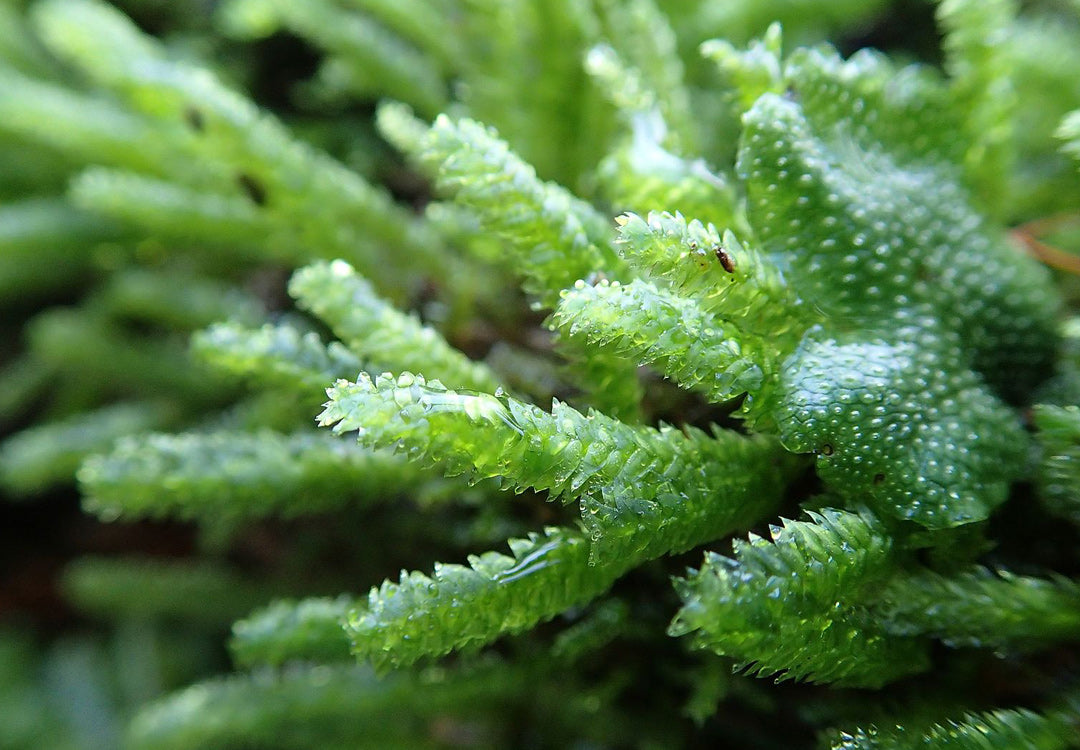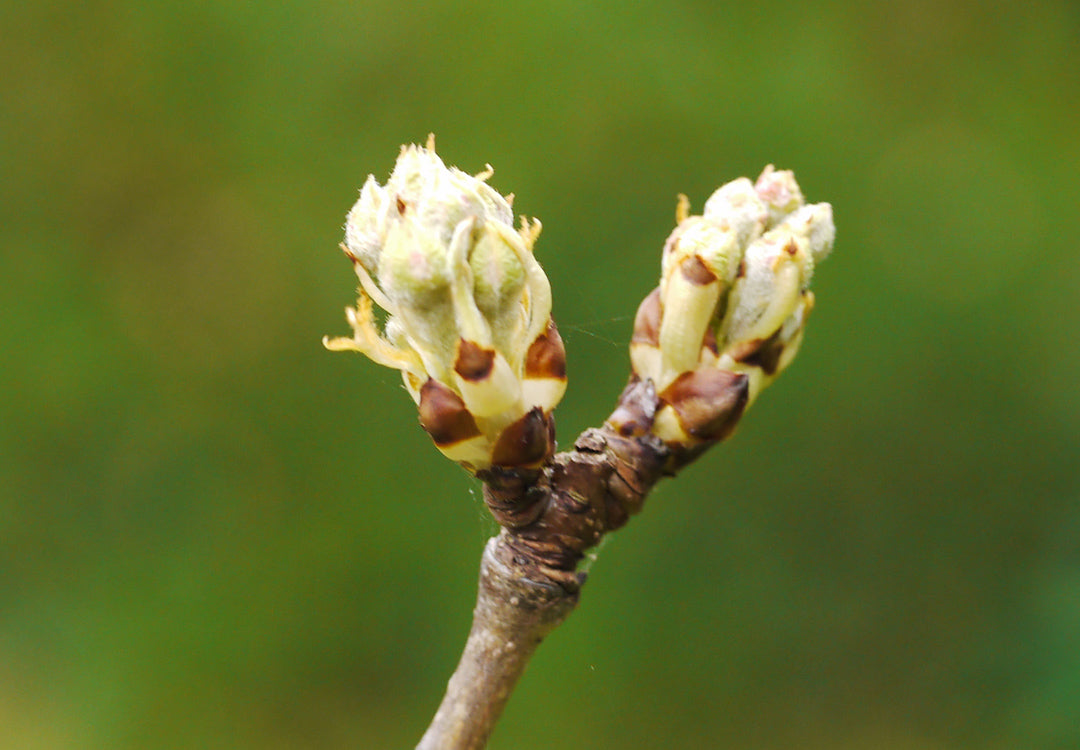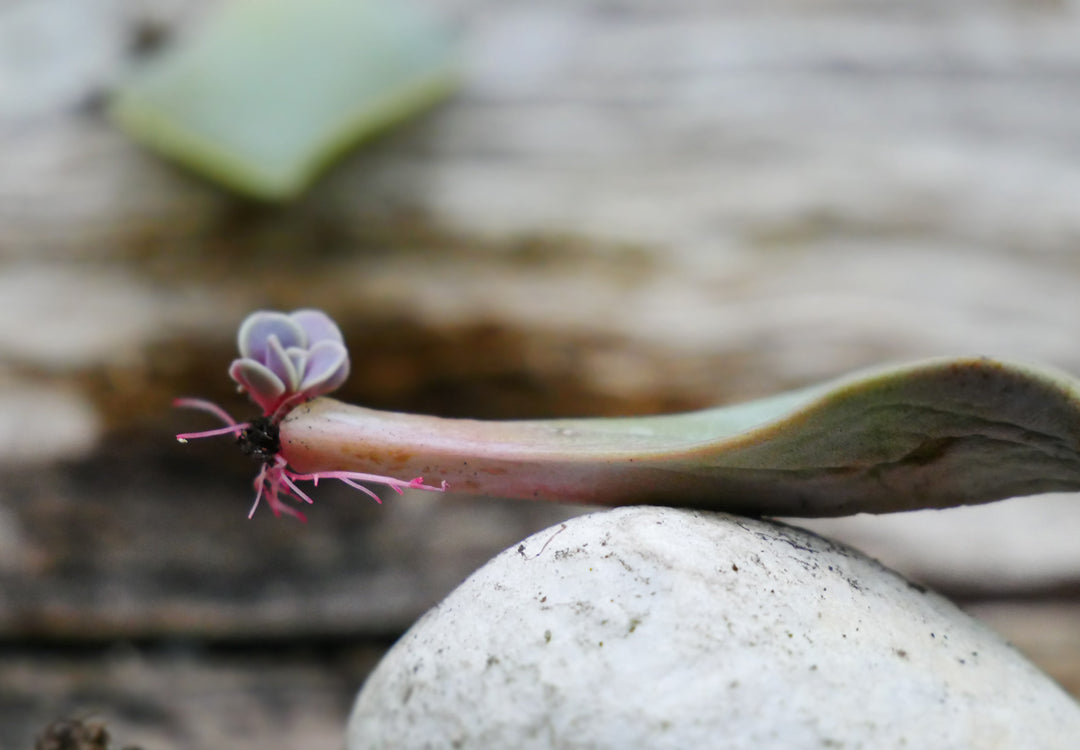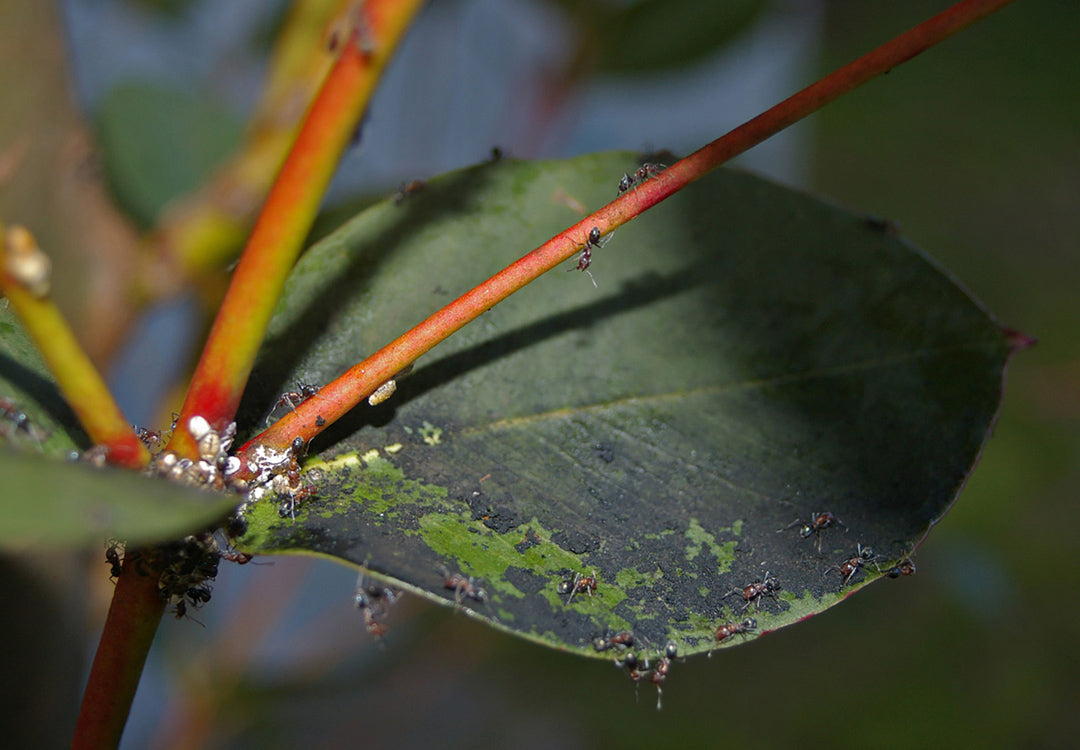Future of Turf Management: Trends & Tech
Turf management in Australia is at the forefront of a new era of sustainability and technology. With a growing focus on cost-effectiveness and environmental responsibility, the future of turf management is rapidly evolving. The need for qualified and skilled turf management professionals was identified as a priority skill area in the 2018-2021 Agriculture, Horticulture, Conservation and Land Management IRC Skills Forecast
Continue reading
